For beginners, knowing how to enjoy fragrant coffee can transform your daily coffee routine into something truly special. The aroma of coffee is a vital element that enhances its flavor, creating an experience that goes beyond just taste. In this article, we’ll provide you with tips on selecting coffee beans, brewing methods, and storage techniques to help you savor every delightful scent.
Moreover, the aroma of coffee is steeped in cultural significance, influencing how people around the globe enjoy their brews. By being mindful of the aroma, you can deepen your coffee experience each day. So why not embark on a journey to find the perfect aromatic coffee and indulge in a luxurious moment for yourself?
- Understand the relationship between different types of coffee beans and their aromas
- Learn extraction methods that enhance flavor and aroma
- Master storage techniques that preserve coffee fragrance
How to Choose Coffee with a Great Aroma
To truly enjoy coffee with a delightful aroma, the first step is selecting the right beans. There are various types of coffee beans, each with its own unique scents and flavors. Additionally, the roasting level plays a significant role in the aroma of the coffee. In this section, we’ll explore the relationship between different types of coffee beans and their aromas, as well as how roasting levels influence these scents. I hope this helps you find the perfect aromatic coffee for your taste!
The Relationship Between Coffee Bean Types and Aroma
There are primarily two types of coffee beans: Arabica and Robusta. Arabica beans are known for their rich sweetness and acidity, often boasting a fruity aroma. On the other hand, Robusta beans have a stronger bitterness and a nutty, roasted scent. Understanding these characteristics can be a helpful guide when selecting aromatic coffee.
Moreover, even within the Arabica variety, the aroma can vary depending on the growing conditions and harvest time. For instance, beans grown at high altitudes tend to have a stronger acidity and a more vibrant aroma. By learning about the bean’s origin and type, you can expand your search for your favorite scent.
- Arabica beans are rich in sweetness and acidity
- Robusta beans are characterized by their strong bitterness
- Aroma varies by production region
The Impact of Roasting Level on Aroma
The roasting level is determined by the temperature and duration of the roasting process. A lighter roast enhances the beans’ original aromas, allowing you to enjoy fruity notes and refreshing acidity, making it a great choice for coffee novices.
Conversely, darker roasts change the aroma, intensifying bitterness and richness. This can bring out toasty notes, often reminiscent of chocolate or caramel. Discovering your preferred roasting level can lead to a more enjoyable coffee experience.
- Light roasts offer fruity aromas
- Dark roasts are characterized by toastiness and bitterness
- Enjoy the journey of finding your preferred roasting level
How to Brew Coffee That Maximizes Aroma
To truly enjoy the delightful aroma of coffee, the brewing method is crucial. The fragrance of coffee is influenced not just by the type of beans and their roast level, but also by the brewing technique, water temperature, and even the extraction time. In this section, we’ll delve into specific brewing methods and the importance of temperature and time to help you extract the perfect aroma. Let’s explore the joy of brewing coffee while learning tips to bring out your favorite scents.
Brewing Methods and Aroma Variations
There are various brewing methods for coffee, including drip, French press, and espresso, each offering a distinct aroma and flavor profile. For instance, in a drip brew, water slowly passes through the coffee grounds, allowing the aromatic compounds to fully develop. On the other hand, espresso is brewed under high pressure in a short amount of time, resulting in a rich and intense aroma.
The grind size of the coffee beans also plays a significant role in influencing the aroma. Coarsely ground beans yield a smoother taste and aroma, while finely ground beans release a more robust scent. Feel free to experiment with different brewing methods and grind sizes to find what suits your palate best.
- Drip brewing extracts aroma effectively
- Espresso provides a rich and intense fragrance
- The grind size affects the aroma
The Importance of Temperature and Time
When brewing coffee, both temperature and time are key factors in maximizing aroma. The ideal water temperature typically ranges from 194°F to 203°F (90°C to 95°C). Brewing at this temperature range allows for optimal extraction of aroma while balancing bitterness and acidity. If the temperature is too high, the coffee may become overly bitter, and if it’s too low, the aroma may not fully develop, so it’s important to find that sweet spot.
Extraction time is also essential. For drip coffee, a brewing time of about 3 to 4 minutes is recommended, while about 4 minutes is ideal for a French press. If the brewing time is too short, the aroma won’t be fully extracted, and if it’s too long, bitterness can increase. Experimenting with temperature and time is part of the fun in discovering your preferred aroma.

If you’re intrigued by how to brew coffee that maximizes aroma after reading this article, you might also enjoy our guide on “The Complete Guide to Brewing Delicious Drip Coffee.” This article covers everything from the basics of drip coffee to techniques for enhancing aroma, packed with tips to elevate your coffee experience.
- Ideal water temperature: 194°F to 203°F
- Extraction time: 3 to 4 minutes for drip brewing
- The balance of time and temperature affects aroma
How to Keep Your Coffee Fresh and Aromatic
To truly enjoy the delightful aroma of a good cup of coffee, proper storage of the beans is crucial. Coffee beans are highly susceptible to air, moisture, and temperature changes. If not stored correctly, they can lose their fragrance and flavor. In this section, we’ll explore how to choose the right storage container for your coffee beans, as well as tips for managing moisture and temperature. By following these guidelines, you can ensure that your coffee remains fresh and aromatic whenever you brew a cup.
Choosing the Right Storage Container for Coffee Beans
When it comes to storing coffee beans, selecting the right container is essential. First and foremost, opt for an airtight container. This will prevent air from entering, which helps to minimize oxidation and preserve the beans’ aroma. Vacuum-sealed containers or dedicated coffee storage canisters are particularly effective.
Additionally, it’s best to use a container that blocks light. Exposure to direct sunlight can easily degrade the aroma, so keeping your beans in a dark place is key. Moreover, plastic containers can absorb and transfer odors, so glass or stainless steel options are ideal for protecting the beans’ fragrance.
- Choose an airtight container
- Light-blocking options are ideal
- Glass or stainless steel preserves aroma
Managing Moisture and Temperature
Coffee beans are also sensitive to moisture. High humidity can lead to mold and spoilage, which will ruin the aromatic qualities of your coffee. Aim to store your beans in a location with low humidity. While it might seem convenient to keep them in the fridge, be cautious: the moisture and odors from the refrigerator can seep into the beans, making it a less-than-ideal option.
Temperature control is equally important. Storing coffee beans in high temperatures can quickly diminish their aroma. The best practice is to keep them at room temperature in a cool place. By adhering to these storage tips, you can savor the delightful aroma of your coffee for a longer time.
- Store in a low-humidity environment
- Avoid the refrigerator
- Keep at room temperature in a cool area
The Culture of Coffee: Enjoying It with Aroma
Coffee is more than just a beverage; it’s a captivating experience filled with diverse cultures and traditions. The delightful aroma of coffee not only enhances its flavor but also influences the way we drink and enjoy it. In this section, we’ll explore how aroma affects our coffee-drinking experience and the relationship between coffee culture and scent around the world. You’ll discover the rich cultural depths that coffee can offer.
How Aroma Influences the Way We Drink Coffee
The aroma of coffee enriches our drinking experience. When we savor it while enjoying the scent, the flavors come alive, allowing us to revel in a delightful moment. For instance, when drinking a fruity coffee, a lighter drinking style often suits it best. Conversely, a rich, intense coffee is best enjoyed slowly, allowing us to fully appreciate its complexity.
Regional characteristics also play a significant role in coffee consumption. For example, Italy is famous for its espresso, while Turkey boasts its own style of robust coffee. Each culture has developed its unique way of savoring coffee, and being mindful of aroma can lead you to discover your preferred drinking style.
- Savoring the aroma enhances the overall experience
- Fruity aromas pair well with a lighter drinking style
- Different regions have their unique ways of enjoying coffee aroma
The Connection Between Global Coffee Cultures and Aroma
Across the world, there exists a rich tapestry of coffee cultures, shaped by each country’s climate, environment, and history. For example, in Ethiopia, the coffee ceremony begins with roasting the beans, emphasizing the importance of aroma. This tradition highlights a culture that cherishes the scent of coffee.
Additionally, South American coffee has its own distinctive aromas that are beloved by locals. There are also many beverages and desserts made with coffee, making aroma a vital part of everyday life. Understanding these cultural contexts allows us to appreciate the meaning and value of coffee’s aroma on a deeper level.
- Coffee cultures vary according to each country’s climate and history
- Ethiopia’s coffee ceremony places a strong emphasis on aroma
- South American coffee is cherished by local communities
Conclusion
To truly enjoy the delightful aroma of coffee, the selection of beans, brewing methods, and storage practices are all crucial. First, understanding the different types of beans and their roast levels can help you discover the aroma that suits your taste. Next, being mindful of the extraction methods, temperature, and timing can bring out the best in those aromas. Finally, proper storage is key to preserving the fragrance of your coffee for longer.
Coffee is deeply intertwined with cultures around the world, and its aroma plays a significant role in how we enjoy it. Exploring the unique ways different countries savor their coffee can offer you fresh perspectives on appreciating its scent. So, why not start paying attention to the aroma of your coffee today and enhance your coffee experience?
- Choosing the right beans is essential for a fragrant cup of coffee
- Extracting and managing temperature can help bring out the aroma
- Proper storage can extend the life of that delightful scent
Are you ready to discover new ways to enjoy coffee and savor those aromatic moments? We’d love to hear about your coffee experiences in the comments!







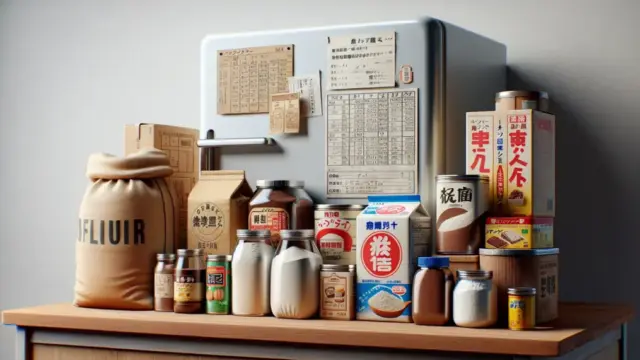



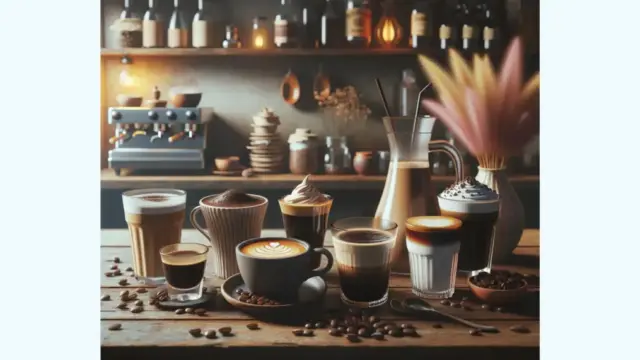


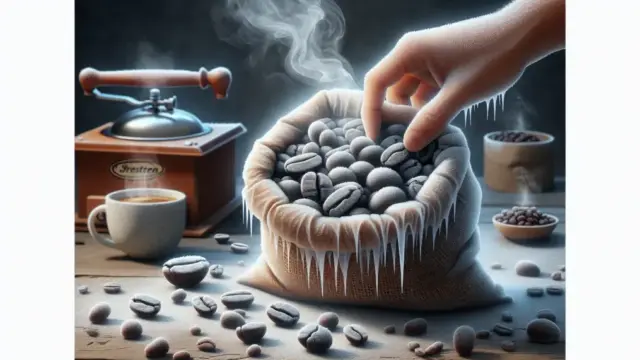






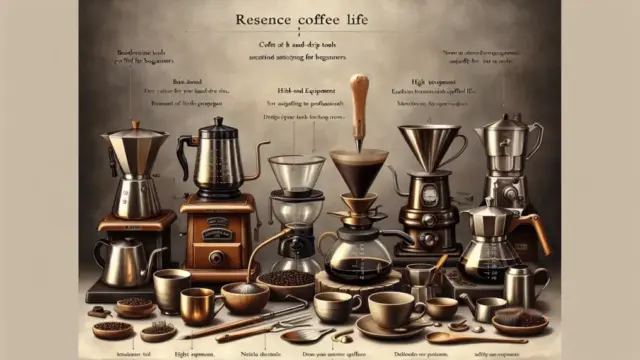




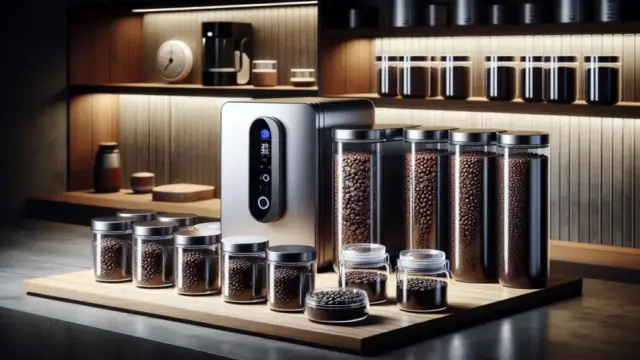





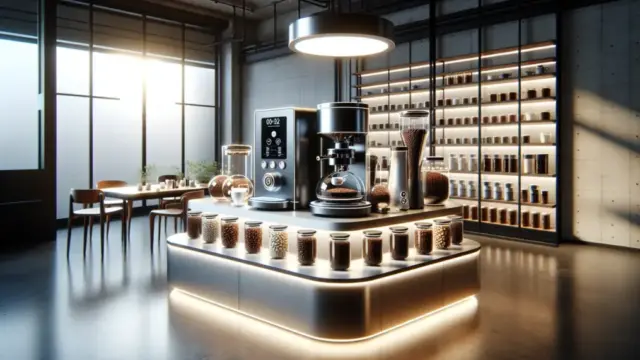
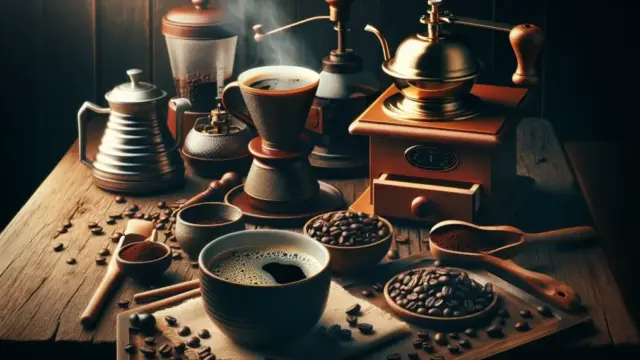





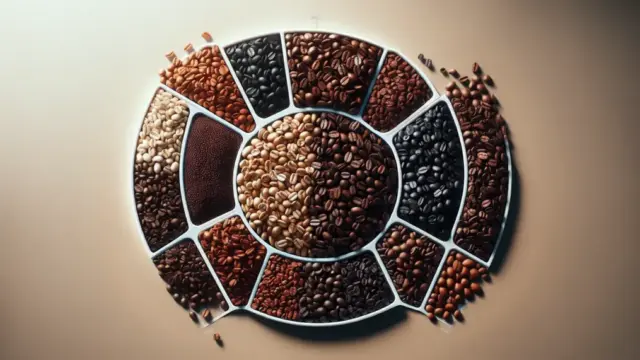

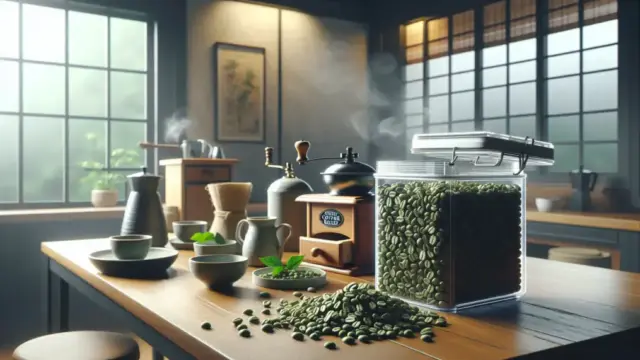



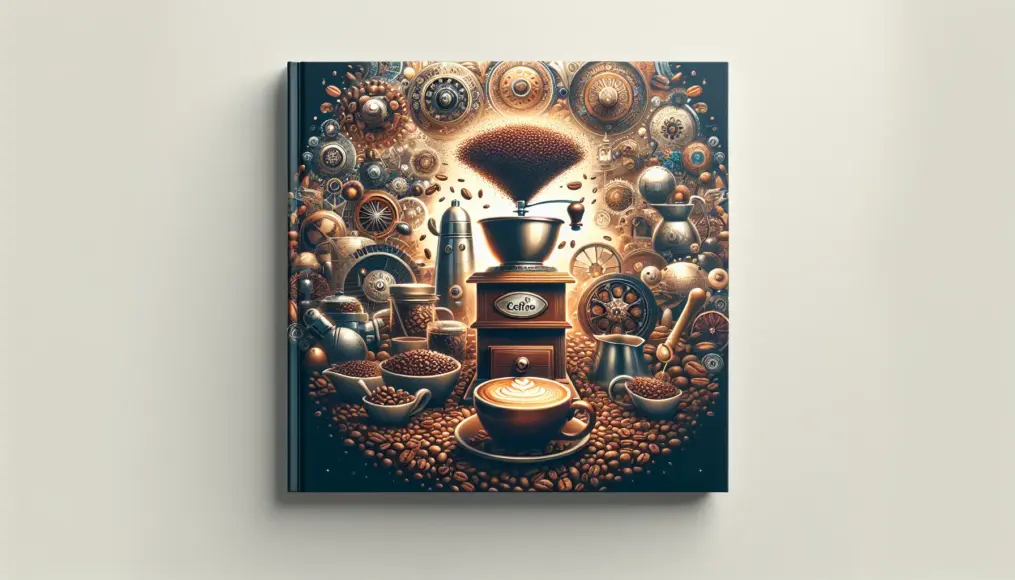

Comment